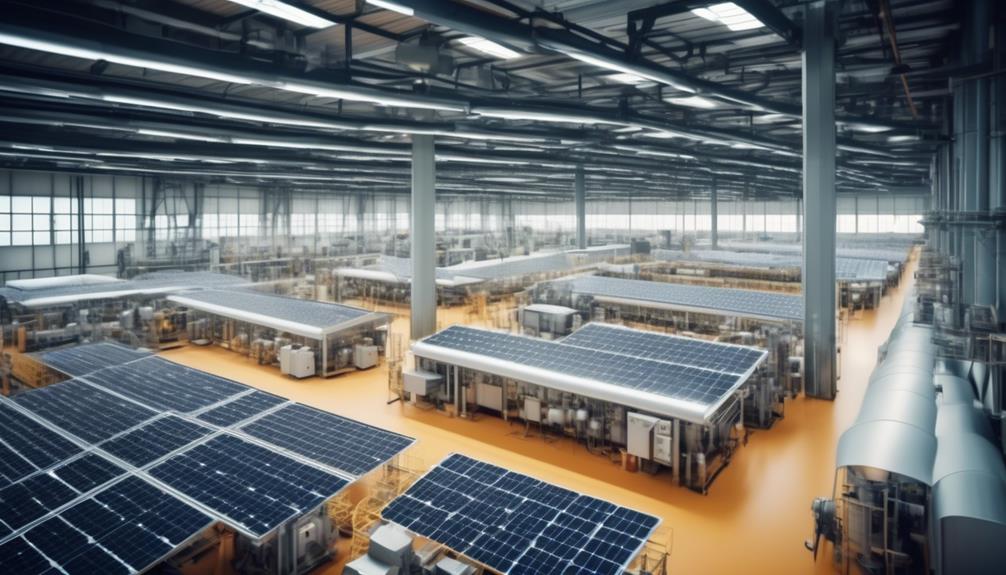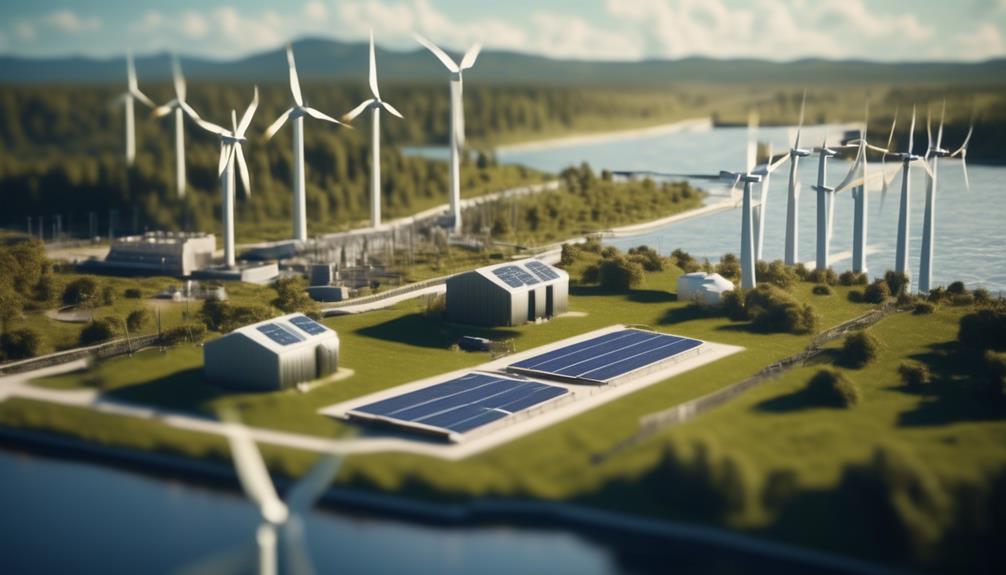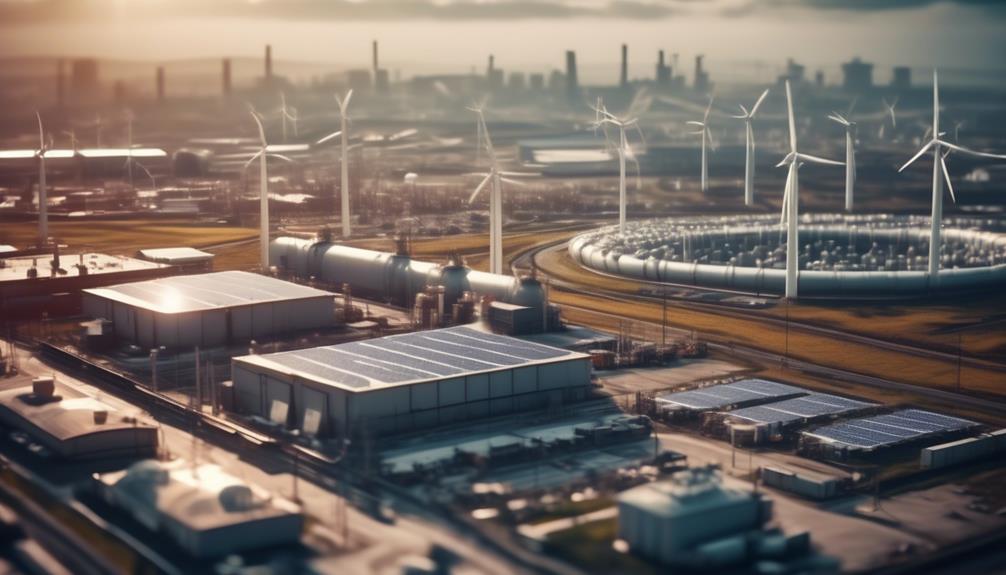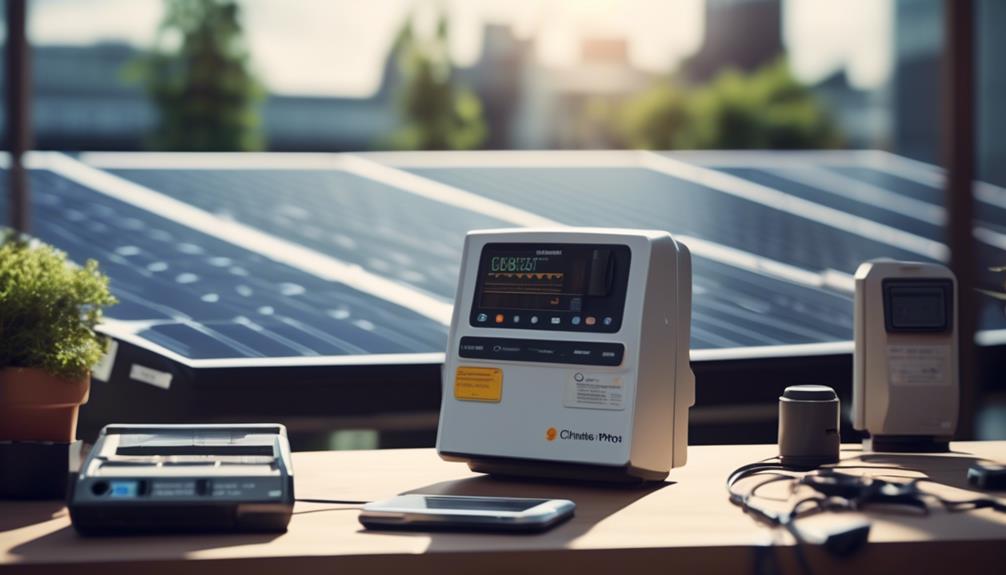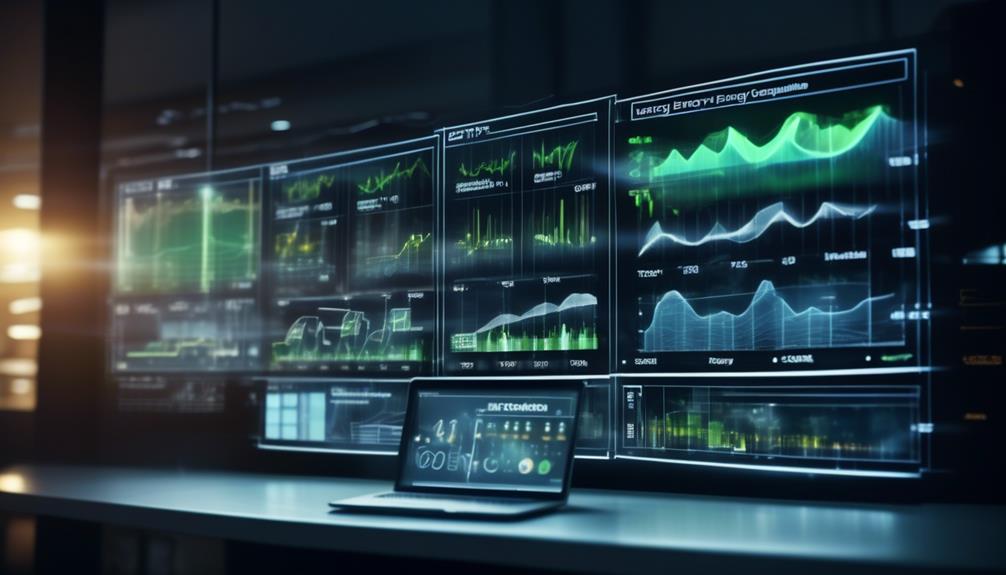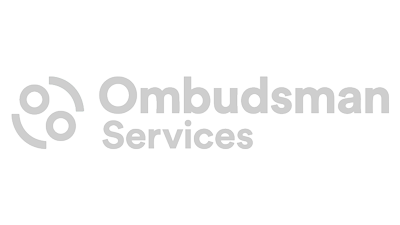In the rapidly evolving landscape of today’s business world, leaders are tirelessly searching for levers to pull that will drive efficiency and slash operational costs. Amidst this quest, the critical role of energy management often flies under the radar.
Enter the realm of tailored energy dashboards, a cutting-edge solution that has quietly been revolutionising the way businesses approach energy consumption. By offering a window into real-time energy usage patterns, these dashboards illuminate the path to not just incremental, but transformative improvements in operational efficiency.
Drawing on a deep well of expertise in energy optimisation, this article peels back the layers on how customised energy dashboards can become the linchpin in your strategy to control costs and boost efficiency. For businesses grappling with the complexities of energy management, these dashboards are not just tools, but beacons guiding you towards a more sustainable and cost-effective operation.
With insights tailored to your specific needs and challenges, you’re not alone in this journey. As we delve deeper into the possibilities and benefits that these dashboards unlock, you’ll find actionable strategies and real-world examples that resonate with your quest for efficiency.
Stay tuned, as we explore how to harness the power of tailored energy dashboards to set your business on a course for unparalleled efficiency.
Key Takeaways
- Tailored energy dashboards provide a user-friendly interface for easy personalisation, allowing businesses to display relevant and critical energy management KPIs.
- Real-time energy consumption data enables businesses to track their energy usage at any given moment, identify areas of high energy usage, and make informed decisions to optimise energy usage and reduce costs.
- Advanced data analytics and insights provide businesses with a comprehensive understanding of energy consumption patterns, allowing them to analyse historical energy data, identify trends, and forecast future energy demands for efficient planning.
- Integration with existing energy management systems allows businesses to achieve a holistic view of energy consumption and operations, streamline monitoring and control of energy usage, and make informed decisions regarding energy management.
Customisable Dashboard Layout Options
Customisable dashboard layout options allow businesses to tailor their energy dashboards to meet their specific needs and preferences. With a user-friendly interface, businesses can easily personalise their energy dashboards to display the most relevant and critical energy management key performance indicators (KPIs) for their organisation. Through these customisable options, businesses can adjust the dashboard to align with specific user personas and focus areas, ensuring a personalised experience.
By enabling users to optimise the dashboard layout, businesses can enhance usability and provide a tailored dashboard experience. Users have the ability to customise alerts, notifications, and data visualisation settings, ensuring that the information displayed is in line with their requirements and preferences. This not only improves the overall user experience but also allows for more efficient energy management.
The flexibility of customisable dashboard layout options empowers businesses to effectively monitor and analyse energy consumption, identify areas for improvement, and make data-driven decisions. It provides a streamlined approach to energy management, allowing businesses to access and interpret energy data quickly and easily.
With a personalised dashboard, businesses can focus on the specific metrics that matter most to them, optimising their energy efficiency strategies and driving innovation in their operations.
Real-Time Energy Consumption Data
Real-time energy consumption data provides immediate insights into energy usage patterns, revolutionising energy management in various settings. With the ability to track energy usage in real-time, individuals and organisations can take control of their energy consumption and make informed decisions to optimise their energy usage and reduce costs.
Some key benefits of real-time energy consumption data include:
- Energy usage tracking: Real-time data allows users to monitor their energy consumption at any given moment, enabling them to identify areas of high energy usage and take proactive measures to reduce it.
- Energy consumption patterns: By analysing real-time data, users can identify patterns and trends in their energy consumption. This information can help them understand their energy usage habits and make adjustments to optimise efficiency.
Real-time energy consumption data is particularly valuable in residential, commercial, and industrial settings. In residential buildings, it empowers homeowners to actively manage their energy usage and make choices that align with their sustainability goals. In commercial and industrial settings, it enables facility managers to monitor and control energy consumption across multiple locations, identify areas for improvement, and implement energy-saving measures.
Advanced Data Analytics and Insights
Advanced data analytics and insights provide a comprehensive understanding of energy consumption patterns and trends, allowing for proactive energy management and optimisation. By analysing historical energy data, businesses can identify patterns and trends in their energy usage, enabling them to make informed decisions and take proactive measures to optimise energy consumption. Predictive analysis benefits can be realised, as businesses can forecast future energy demands and plan accordingly, ensuring efficient energy usage and cost savings.
Energy consumption patterns analysis is a key component of advanced data analytics and insights. By analysing data from various sources such as smart meters, sensors, and IoT devices, businesses can gain valuable insights into their energy consumption patterns. This analysis helps identify areas where energy efficiency improvements can be made, leading to reduced energy waste and increased cost savings.
Real-time monitoring and reporting functionalities provided by advanced data analytics platforms enable businesses to track their energy consumption in real-time. This allows for immediate identification of anomalies or inefficiencies in energy consumption, enabling prompt corrective actions to be taken. By leveraging these insights, businesses can optimise their energy usage, reduce costs, and improve overall energy efficiency.
Integration With Existing Energy Management Systems
Integration with existing energy management systems is crucial for efficient data aggregation and analysis in energy dashboards. By seamlessly integrating with current systems, businesses can achieve a holistic view of their energy consumption and operations. Here are some key benefits of integrating energy dashboards with existing energy management systems:
- Seamless Data Aggregation: Integration allows for the seamless collection and aggregation of energy data from various sources, including historical energy data and insights. This ensures that the energy dashboard provides a complete picture of energy usage and trends.
- Enhanced Efficiency: Interfacing with existing energy management systems streamlines the monitoring and control of energy usage. By leveraging existing infrastructure and investments in energy management, businesses can optimise their energy efficiency and reduce costs.
- Comprehensive Analysis: Integration with current systems provides a platform for comprehensive analysis of energy data. By combining real-time and historical data, businesses can gain deeper insights into energy consumption patterns and identify opportunities for improvement.
- Better Decision Making: A holistic view of energy consumption and operations enables businesses to make informed decisions regarding energy management. By having all relevant data in one place, stakeholders can easily identify areas of inefficiency and take proactive measures to optimise energy usage.
Customisable Alerts and Notifications
By tailoring alerts and notifications to specific user needs and preferences, businesses can effectively manage their energy consumption and optimise efficiency. Customisable alerts and notifications allow users to set specific thresholds and conditions for receiving alerts related to energy consumption and efficiency. Users can tailor the types of notifications they receive, such as real-time alerts for sudden spikes in energy usage or regular notifications for reaching predefined energy targets. These alerts and notifications enable proactive management of energy usage, facilitating timely interventions to optimise energy efficiency and reduce costs. Customisable alerts and notifications provide a flexible and adaptive approach to monitoring energy performance, ensuring that users receive relevant and actionable information.
To illustrate the benefits of customisable alerts and notifications, the following table presents examples of how businesses can utilise this feature to manage energy usage patterns effectively:
| Scenario | Customisable Alert/Notification |
|---|---|
| Sudden spike in energy usage | Real-time alert with details on the spike and recommendations for mitigation |
| Approaching predefined energy target | Regular notification to inform users about progress and encourage further efforts |
| Deviation from expected energy consumption | Alert with insights into the deviation and suggestions for corrective measures |
| Unusually low energy usage | Notification to investigate potential equipment malfunctions or inefficiencies |
| Energy usage during peak hours | Alert to remind users to reduce consumption during peak demand periods |

